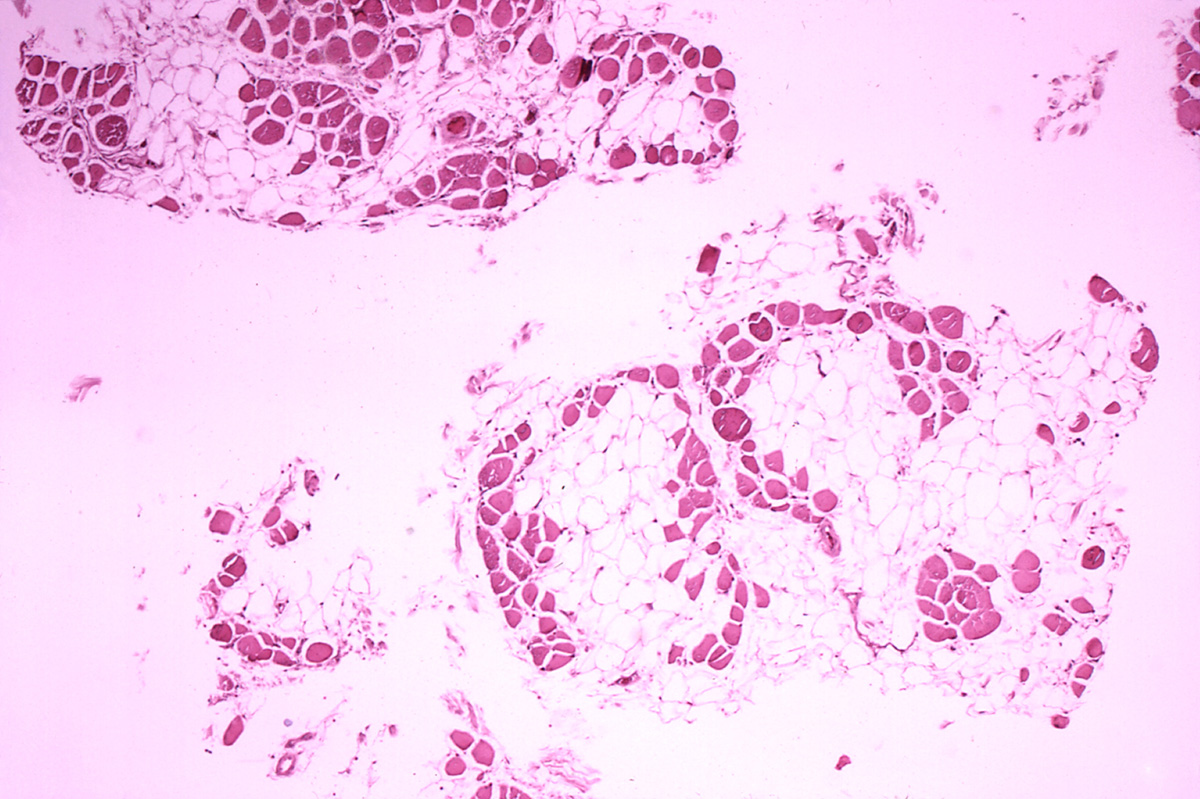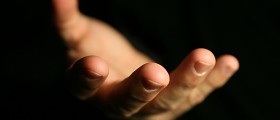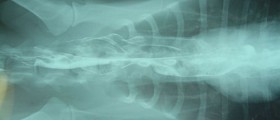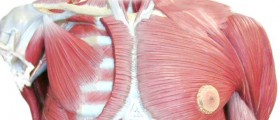
Muscular dystrophy disease
Muscular dystrophy disease is a general term for the whole group of the muscles diseases that are inherited and marked by the susceptibility of the muscles to become easily damaged. The muscles, particularly the voluntary muscles, tend to become gradually weaker as the disease progresses. In the final stages of this disease, the muscle fibers are usually replaced with connective tissue and fat.
There are several types of muscular dystrophy and some types even affect the muscles of the heart. It is considered that in the majority of cases the insufficiency of the protein called dystrophin is responsible for the occurrence of the muscular dystrophy. Muscular dystrophy disease is not curable, unfortunately, but there are certain treatments and medications that can significantly slow down the progression of this disease.
Symptoms of muscular dystrophy disease
When it comes to the symptoms, they are different and depend on the type of the disease. We will consider the symptoms of some of the muscular dystrophy diseases.
Dystrophinopathies refer to the all types of muscular dystrophy disease that are caused by genetic deficiency of the protein dystrophin. The most severe type here is called Duchenne's muscular dystrophy. It mainly occurs in the children, especially the boys, and the most common signs of this disease are frequent falls, large and weak calf muscles and problematic getting up either from sitting or lying position. Mild mental retardation, as well as waddling gait, may also appear in some patients.Becker's muscular dystrophy also belongs to the dystrophinopathies and it mainly appears in the young men. It is not as severe as Duchenne's muscular dystrophy, and those who suffer from it can walk very well even in their adulthood.Myotonic dystrophy, which is also called Steinert's disease, is manifested through the stiffness and weakness of the muscles. The most common symptoms of this type of muscular dystrophy disease are myotonia, frontal baldness in men, fatigue, weakness of the muscles for swallowing and breathing, and weakness of the muscles of the head, neck and face. Furthermore, the weakness of the muscles of the arms and legs, fainting and sleep disorders, as well as cataracts and mild diabetes in some cases, are also the symptoms of myotonic dystrophy.Limb-girdle muscular dystrophy is a type of muscular dystrophy disease that first affects the muscles of the hips and shoulders, and then slowly progresses and affects the arms and legs.Congenital muscular dystrophy is manifested through deformity of the joints and muscle weakness in the whole body.Dropping of the eyelids, difficulty in swallowing and the face muscle weakness are the main symptoms of oculopharyngeal muscular dystrophy.















Your thoughts on this
Loading...